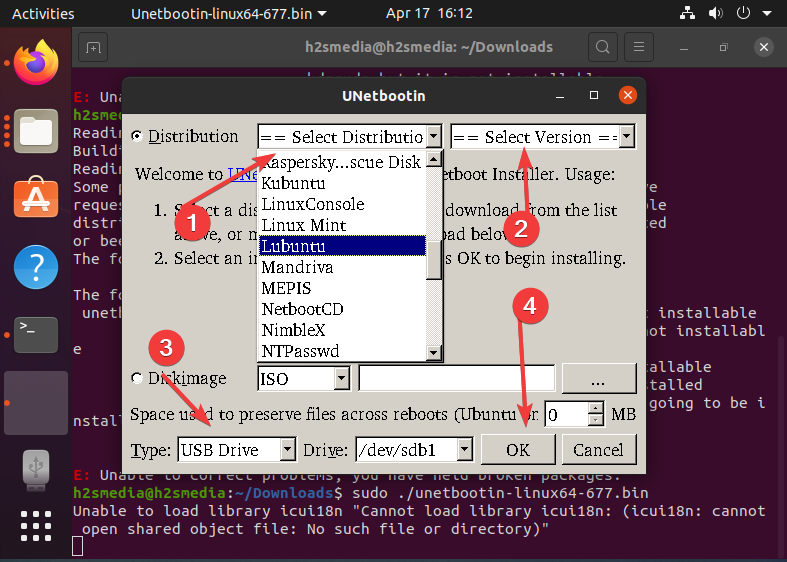
If you go this route be very careful and read up about it first and recheck that you really mean sdb.īoth Mint and Ubuntu can work with UEFI booting with Windows and you do not have to switch it off (switch into legacy boot) if you have used the usb-creator or the dd method. And this does it all for you on a safe way and deals with the UEFI issues.Īnother way is to use the Linux command line dd if=/home/user/Downloads/xxx.iso of=/dev/sdb. If you have managed to boot into Mint or Ubuntu or know someone who has then one of its programme is usb creator. The guide below uses Rufus and is for a Windows machine up to Windows 10. Having done that you can then download and install Mint or Ubuntu to your usb. Either use a Windows programme or Windows Disk Management. If you want to dual boot then the best method is to shrink the last partition on your hard drive and do it from within Windows. If the Mint installer has the feature, I seem to remember, that you got into Window and then started the usb with Mint on it.
#Unetbootin windows 10 how to#
Now as to installing a Linux distro onto your Windows computer there are a number of ways you can try.Įarlier versions of Ubuntu and Mint had a "wubi" feature which allowed you to install the Linux distro as a Windows programme! Selecting how to select the Linux distro was not always obvious, since it uses the Windows boot loader and it takes a number of clicks to do it.

The easiest way to restore it is to use the HP usb programme:


 0 kommentar(er)
0 kommentar(er)
